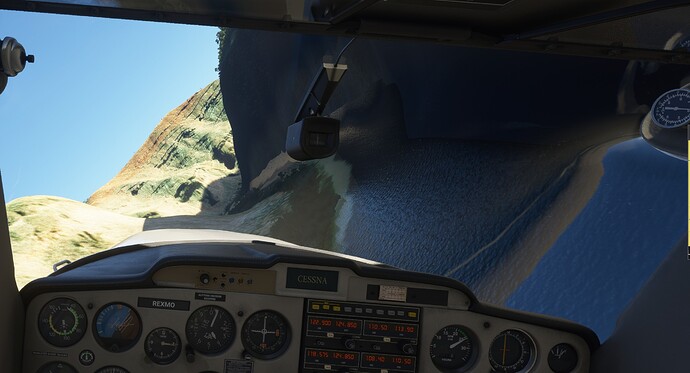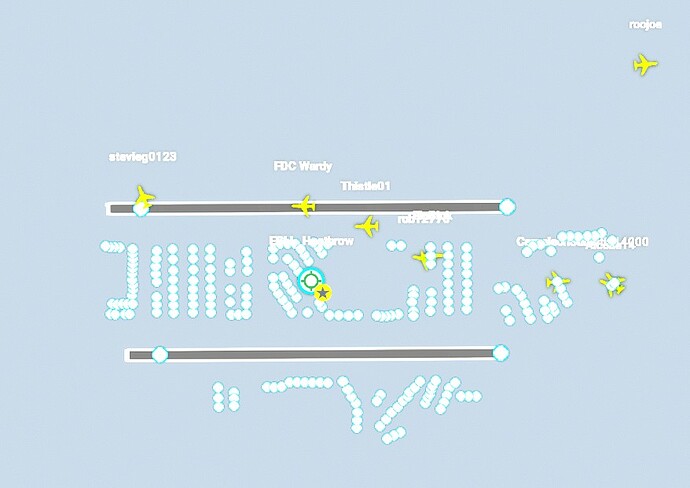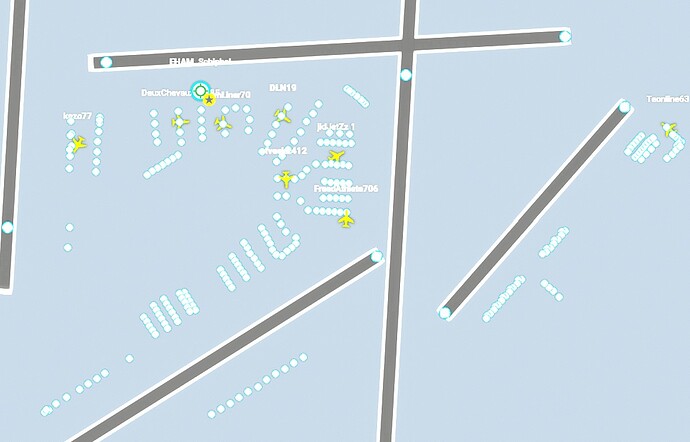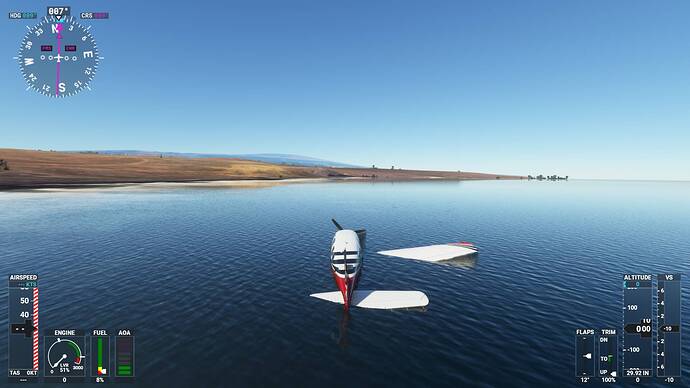I would try turning off the auto-mixture as you can also play around with that to get either the best mixture for power or economy. That will make a range difference on your long flight! Each plane has different metrics to determine this, mostly based on EGT values (power = 50’F rich of peak EGT on C172 for example, economy cruise = 50’F lean of peak EGT on the Mooney). Err on the rich side to help cooling and engine life, but that’s not a concern in the sim.
Add another variable, humidity, although it’s a smaller component of the performance equation.
Generally, travel aeroplanes get more efficient and deliver more range the higher they fly, and aero engines like to operate at a certain range of power, so I would try flying higher as your plane gets lighter. Airspeed is life, and altitude is life insurance, so more height gives you more glide range when you do run out of fuel. Getting up to cruise altitude at Vy helps you enjoy that efficient height as quickly as possible, but the climb angle is uncomfortable for passengers and strains the engine.
Test pilots have done all the work to put the data into each plane’s POH, but as the planes in the sim aren’t real life, and passenger comfort / oxygen / engine cooling / wear / noise isn’t a concern, it’s up to pioneers like you to experiment!
Yes, there is a point where flying slower actually burns more fuel over distance. The slower you fly, the more “trim” or AOA you need to generate lift to counter the weight, which increases induced drag. At some point, this induced drag is so great that you need to add power. Try flying at stall speed and see how much power you must put in just to maintain altitude.
Happy experimenting!
 In the C152, I can maintain altitude at 80KIAS with 2100RPM. At clean stall speed 40KIAS I need the same power level as well… so now I’m using the same amount of fuel but only traveling half the speed.
In the C152, I can maintain altitude at 80KIAS with 2100RPM. At clean stall speed 40KIAS I need the same power level as well… so now I’m using the same amount of fuel but only traveling half the speed.





